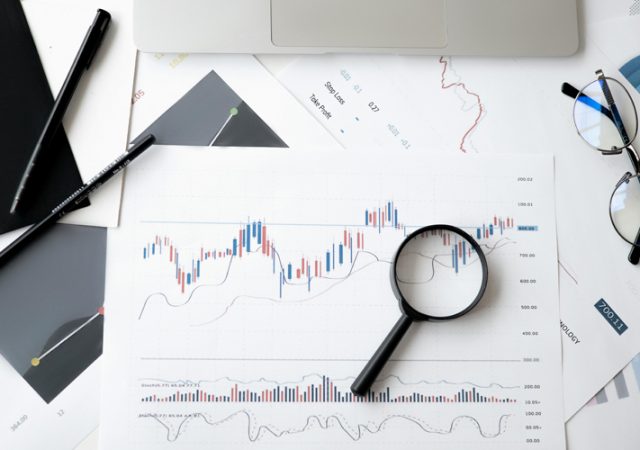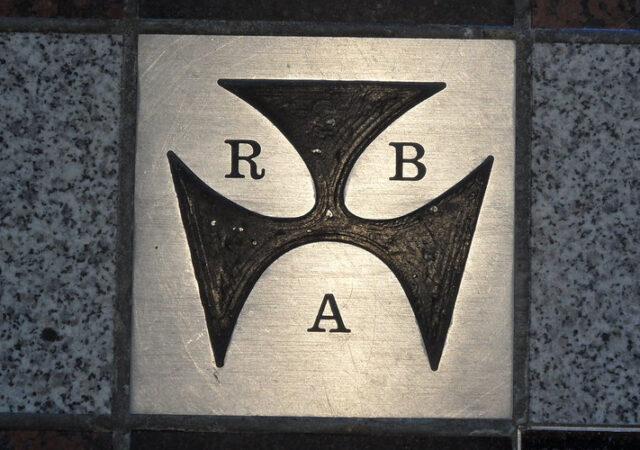Over the next couple of weeks Australians who are invested in our big listed companies (or through their super funds) are going to get a lesson in the power of dividends.
Most investors just look at the share price movements of their stocks and tend to forget about the twice-yearly dividend distributions. Dividend payments are tied to a company’s profitability, so they are not directly correlated to the share price. Even in a turbulent market, a company can still choose to pay dividends.
Australia has some of the highest dividend paying companies in the world. It’s also generally agreed that shares that pay dividends are more stable and resilient. So dividends offer a stable contribution to a an investment’s total return, reducing the year-to-year volatility of capital gains.
If you choose to reinvest your dividends, the power of compounding can make it a very lucrative strategy. In this way, dividends can be a very tax-effective way to grow your wealth. More on this to come, but first, a few definitions for clarity.
What exactly is a dividend?
Dividends are simply a share of the profits made by companies to shareholders. When a company earns a profit, it can choose to retain the money in the business to invest in growth, pay it out to shareholders as a dividend, or a combination of the two.
Many ASX listed companies pay dividends twice each year, usually as an ‘interim’ dividend and a ‘final’ dividend.
Companies are not limited to paying twice a year and many pay more or less frequently. There is actually no requirement for the company to pay a dividend from earnings. In fact, many companies elect to reinvest earnings back into the business and not pay dividends at all. Others elect to pay only special dividends.
Special dividends
Sometimes companies that don’t pay regular dividends will pay a special dividend. This is usually a one-off payment attached to a particular event within the business. Special dividends allows a company to get cash back to shareholders without committing to a regular payment.
If they are doing particularly well and have excess capital, companies that pay regular dividends can also pay a one-off ‘special’ dividend from time to time.
What’s a distribution?
A distribution represents your share of the income (including dividends) earned by the investments held by an ETF. An ETF collects dividends and other forms of income on behalf of investors. It then pays that income to them at scheduled intervals as a distribution.
The income you will receive from your ETF will be the distribution yield less the fund’s management costs. You can elect to receive your distribution in cash, or if the option is available, you can reinvest it into the same ETF.
What’s a franking credit?
If a company has paid company tax on their profits, the dividend to shareholders comes with a 30 per cent franking credit. Since companies have already paid taxes on the dividends they distribute to shareholders, the franking credit allows them to allocate a tax credit to shareholders.
You are entitled to receive a credit from the ATO for any tax the company has paid, which is another bonus of the power of dividends. If your top tax rate is less than the company’s tax rate, the ATO will refund you the difference. So, if you’re in a lower tax bracket, franking credits are a good incentive to invest in shares that pay dividends. It’s especially beneficial when shares are held by anyone whose income is not taxable.
Dividends paid out this past financial year
Some companies pay out up to 80 per cent of their profits as dividends. The percentage return per share can be 7 per cent… which is great compared to the one per cent on savings accounts in these low interest rate times.
The last financial year was a dividend bonanza for share investors with aggregate dividends up by 70 per cent. Almost 60 per cent of companies increased dividends; 13 per cent cut dividends; 9 per cent left dividends stable; and 19 per cent didn’t report a dividend.
Plus, this year we had a flood of one-off special dividends and buybacks worth around $20 billion. The big banks in particular delivered one-off splashes of cash. Such as the Commonwealth Bank buyback ($6 billion), following earlier moves by NAB ($2.5 billion) and ANZ ($1.5 billion). Retailers Wesfarmers ($2.3 billion) and Woolworths ($2 billion) also rewarded investors.
Some experts are forecasting record annual dividend growth of around 17 per cent, more than triple the average annual growth rate.
In terms of cold hard cash, research group CommSec estimates that around $41 billion will be paid to shareholders by ASX 200 companies over the period of mid-September to early-October.
The power of dividends
To give you an idea of the power of dividends, the share price returns of companies in the All Ordinaries index have doubled since 2004. If you add in the dividend payments, returns from that very same group of shares have quadrupled.
Pretty amazing, isn’t it?
The moral of this story? When you’re investing in shares, always consider the dividend potential as well as share price.




























Trending